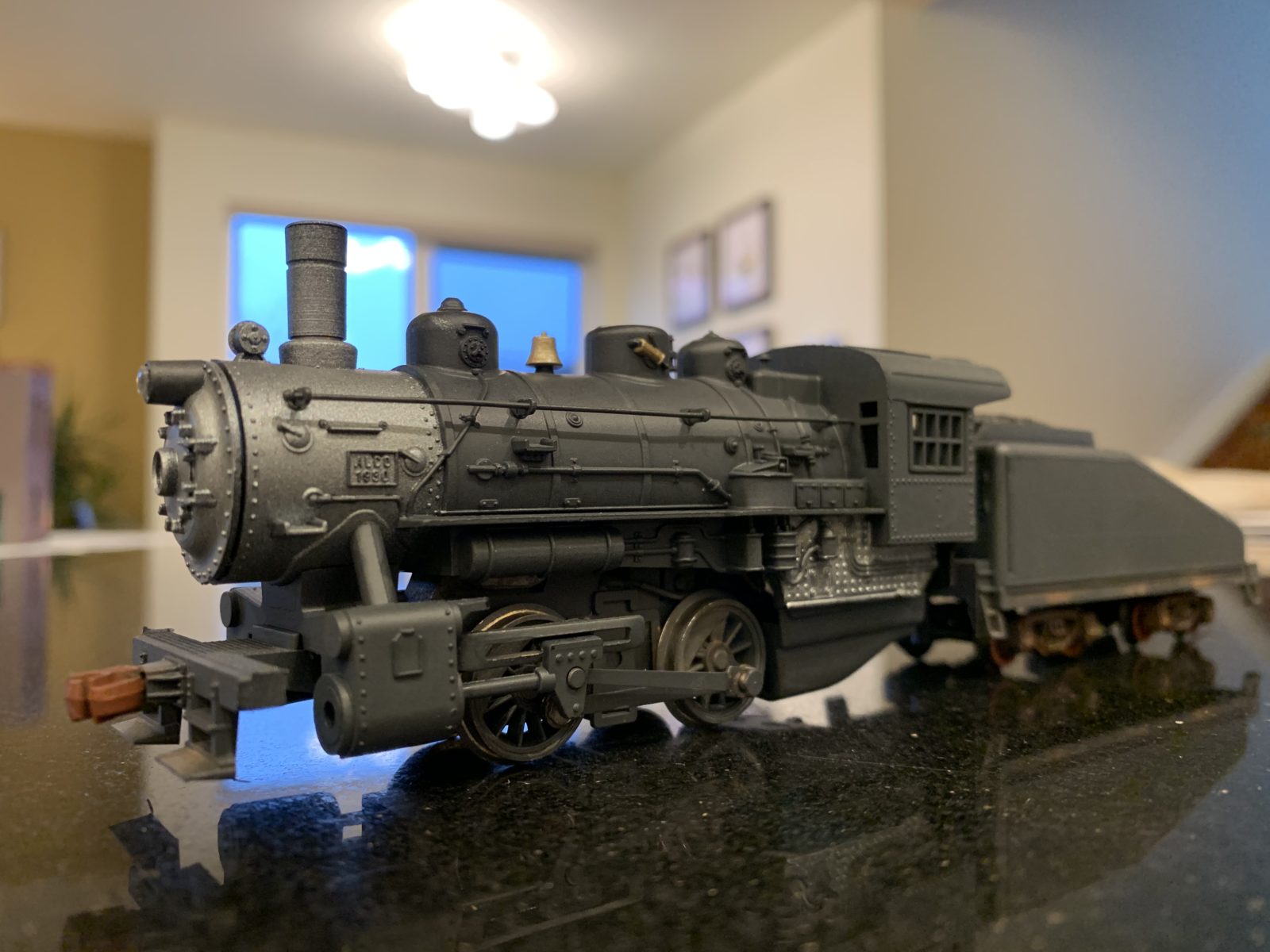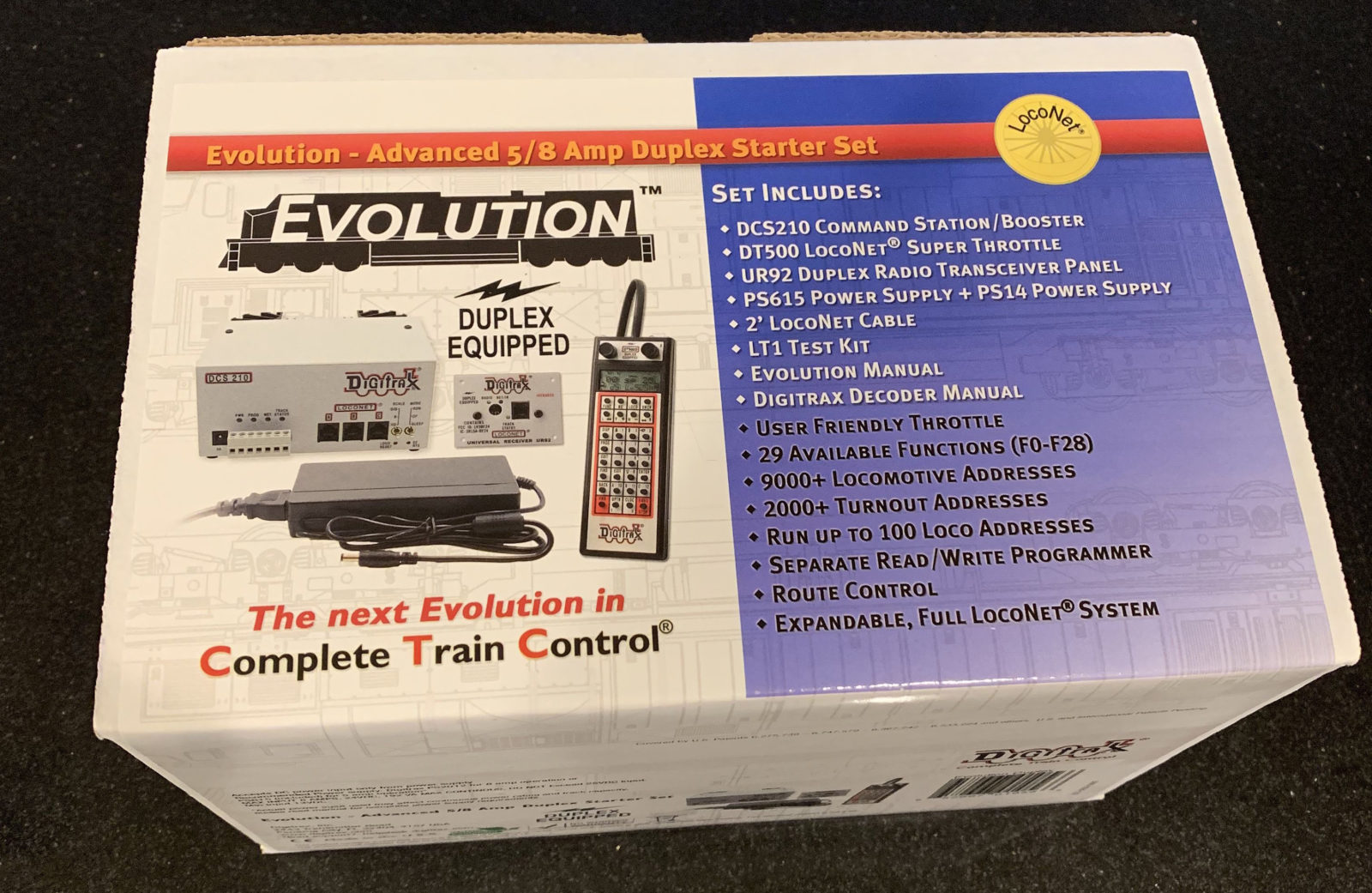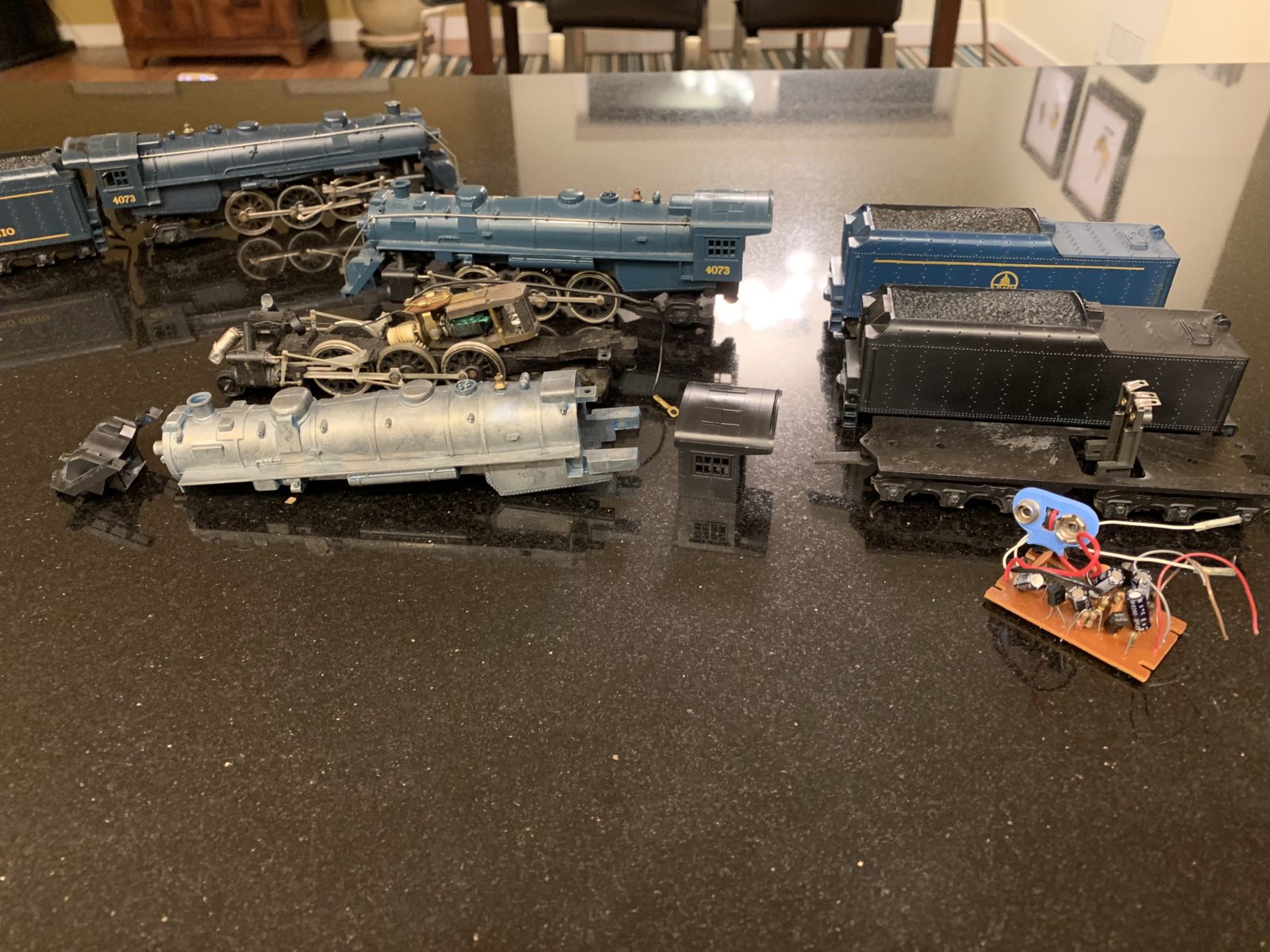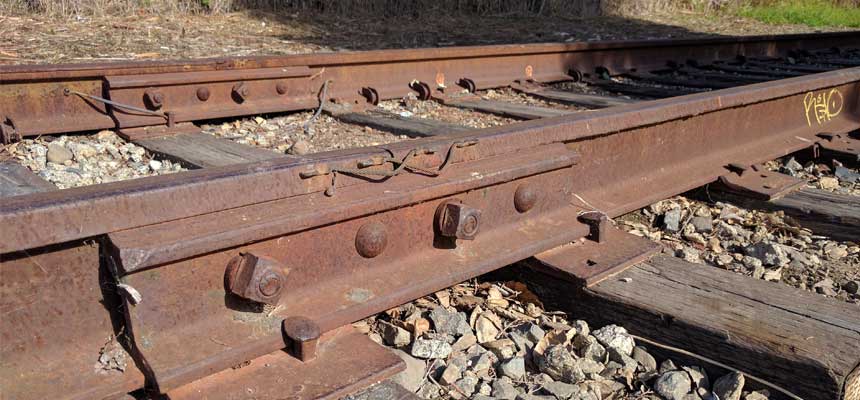One of the ways in which I’m preparing for a future model railroad is by practicing weathering techniques, which is an aspect of modeling that I had always admired but never attempted. Over the past couple of years, I’ve purchased several low-price, old models to practice on. They’re copies of some of the models made in the 1970s that my dad had when I first became interested in model railroads. Depending on how they turn out, I might end up using some of them on a future layout, but since they’re models of locomotives built at from around 1915 through the late 60s, and my next layout will certainly model some time from the mid-30s to mid-40s, I certainly won’t use all of them. At the very least, the steam engines might be useful just sitting on the track somewhere as scenery, to help fill out a yard or engine house until I have enough higher-quality models to replace them with. Most importantly, they’re cheap models to practice on.
Practice Models:
- Life-Like B&O Pacfic
- AHM Norfolk & Western GP-18
- AHM Santa Fe GP-18
- AHM Pennsylvania C-Liner
- Athearn Burlington Northern SD-9
- Model Power Shifter with Smoke
- Mantua B&O Pacific(s)
The first …






